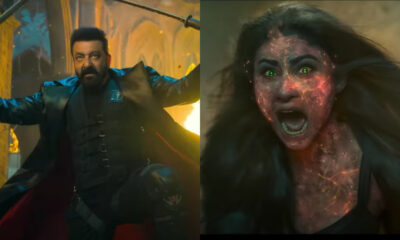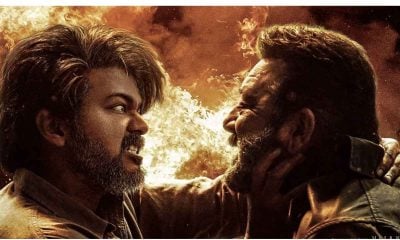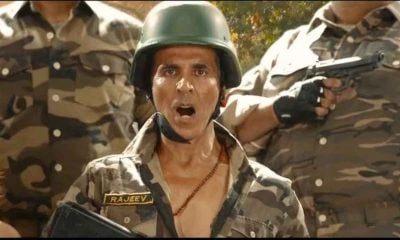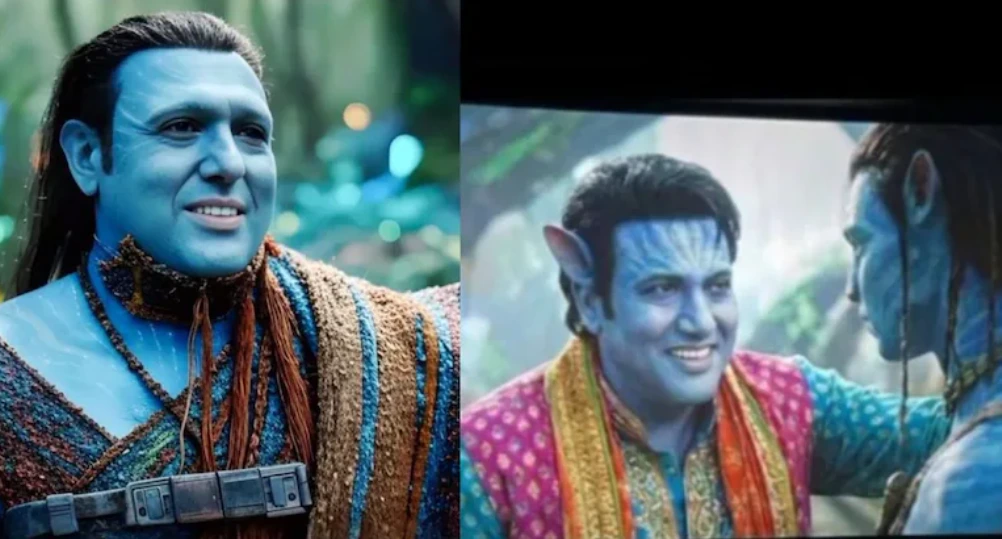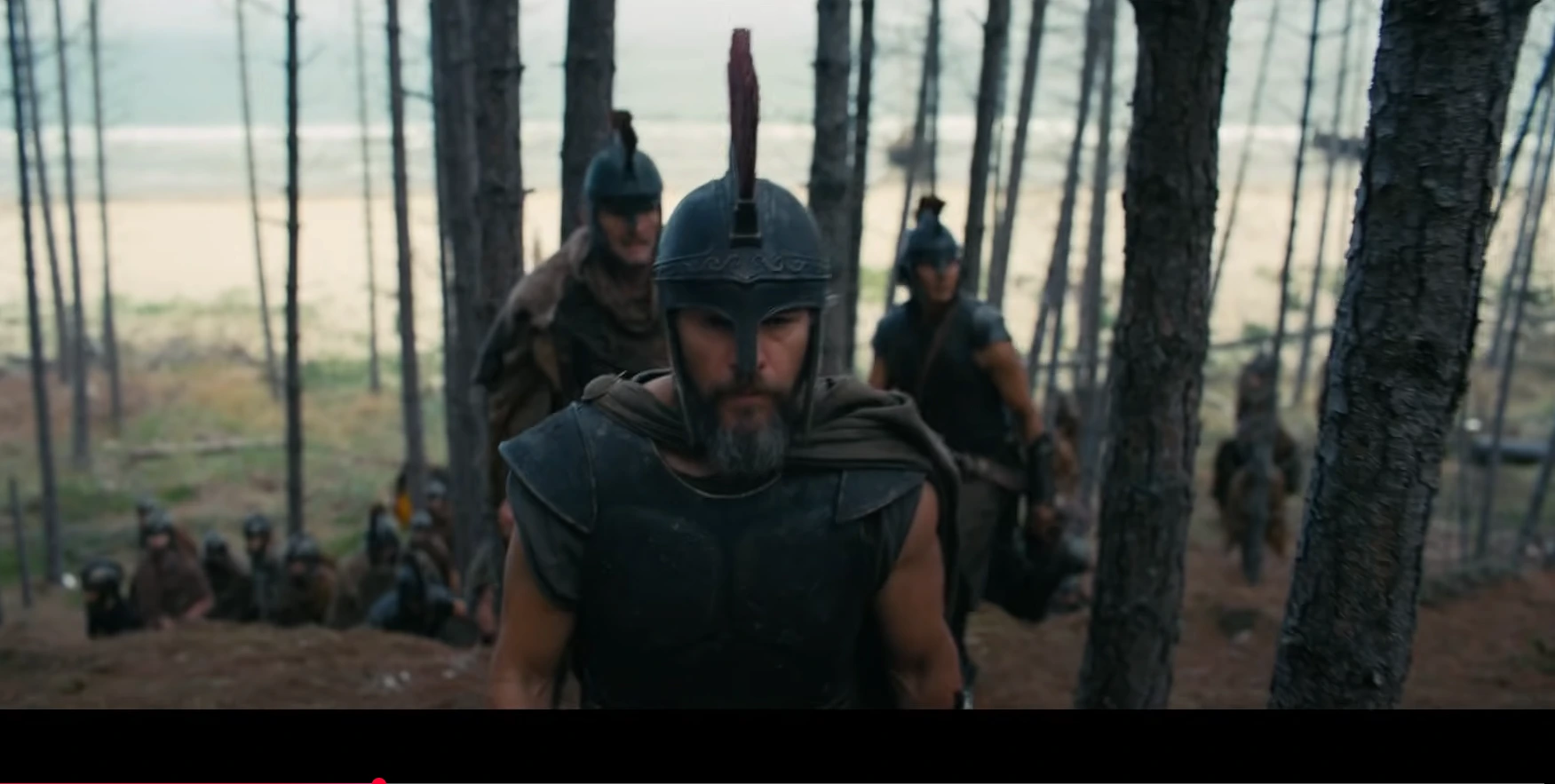Entertainment
Sanjay Dutt’s old video on Mardaangi shocks a new generation
Sanjay Dutt’s definition of Mardaangi reminded tweeple of Andrew Tate.

Entertainment
Dhurandhar box office collection crosses Rs 1,000 crore worldwide in 21 days
Dhurandhar has crossed Rs 1,000 crore worldwide within 21 days, becoming the highest-grossing Indian film of 2025 so far.
Entertainment
Govinda’s Avatar: Fire and Ash cameo clips go viral, truth behind the AI-generated videos
AI-generated videos claiming Govinda’s cameo in Avatar: Fire and Ash have gone viral, but the actor does not appear in the film.
Entertainment
The Odyssey trailer: Christopher Nolan unveils first look of epic journey led by Matt Damon
Christopher Nolan has released the first trailer of The Odyssey, offering a glimpse into Matt Damon’s epic journey home after the Trojan War.
-

 India News9 hours ago
India News9 hours agoBJP gets its first mayor in Kerala as VV Rajesh takes charge in Thiruvananthapuram
-

 India News11 hours ago
India News11 hours agoVeer Bal Diwas reflects courage, conviction and righteousness, Says PM Modi
-

 Entertainment7 hours ago
Entertainment7 hours agoDhurandhar box office collection crosses Rs 1,000 crore worldwide in 21 days
-

 India News13 hours ago
India News13 hours agoTrain fares increased from December 26: check revised ticket prices across classes
-

 India News13 hours ago
India News13 hours agoDelhi air quality improves slightly but stays in poor category
-

 India News7 hours ago
India News7 hours agoAAP targets Delhi LG with Ghajini dig over pollution row, BJP hits back
-

 Latest world news6 hours ago
Latest world news6 hours agoIndia flags attacks on Hindus in Bangladesh as worrisome after recent lynchings
-

 India News8 hours ago
India News8 hours agoTraffic slows in Himachal Pradesh as year-end tourist rush chokes roads to Shimla, Manali

